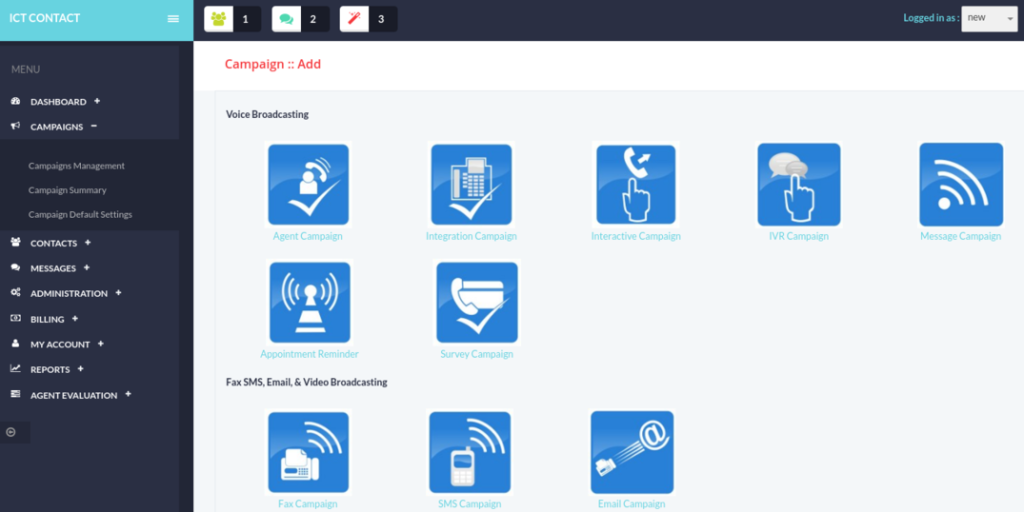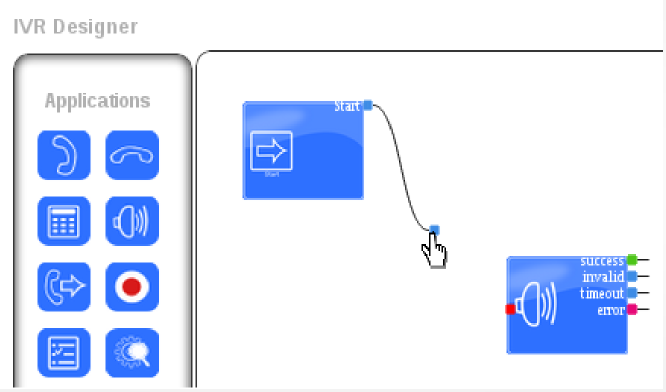In today’s ever-changing landscape of contemporary commerce, the significance of customer service cannot be emphasized enough in nurturing customer contentment and allegiance. To stay aligned with the escalating demands of consumers, businesses are adopting state-of-the-art technological solutions such as software contact centers. These pioneering systems, founded on software, provide a diverse set of capabilities and advantages that notably enhance operational efficiency, efficacy, and the holistic customer experience. In the forthcoming article, we will explore the domain of software contact center solutions, scrutinizing their core attributes and spotlighting the wide spectrum of advantages they deliver to enterprises.
1. Understanding Software Contact Centers
A software contact center, alternatively referred to as a virtual contact center or cloud-based contact center, serves as a centralized hub that empowers enterprises to effectively handle customer engagements across multiple channels, including voice, email, chat, and social media. In contrast to conventional call centers that heavily depend on physical infrastructure, software contact centers leverage internet-based technologies to facilitate seamless communication and optimize the efficiency of customer service processes.

2. Key Features of Software Contact Center Solutions:
2.1 Omnichannel Communication
A fundamental hallmark of software contact center solutions lies in their ability to efficiently oversee omnichannel communication. In the contemporary customer-focused environment, people expect seamless interactions across diverse channels, and software contact centers provide a consolidated platform for managing these interactions seamlessly. Agents can fluidly shift between channels, preserving contextual consistency and providing unwavering assistance to customers.
2.2 Automatic Call Distribution (ACD)
ACD, an acronym for Automatic Call Distribution, stands as a pivotal component of software contact centers, adeptly distributing incoming calls to the most suitably available agents. Employing intelligent routing algorithms, ACD guarantees that customers are seamlessly connected to the agent possessing the requisite skills and knowledge to attend to their distinct inquiries or issues. This functionality serves to enhance resource allocation efficiency while concurrently diminishing customer wait times.
2.3 Interactive Voice Response (IVR)
IVR systems empower customers to engage with automated voice menus, offering self-service alternatives for routine inquiries or transactional activities. In software contact centers, IVR systems exhibit remarkable versatility, enabling enterprises to personalize menus, prompts, and routing selections to align with their unique needs. This adaptability significantly augments efficiency by automating repetitive tasks, thus liberating agents to focus on addressing more intricate customer concerns.

2.4 Call Recording and Analytics
Software contact center solutions frequently incorporate features for call recording, which empower businesses to monitor and analyze customer interactions. By capturing and storing call recordings, organizations can gain valuable insights for quality assurance, training, and compliance purposes. Furthermore, software contact centers integrate advanced analytics tools that facilitate the extraction of actionable intelligence from customer data. This enables businesses to identify trends, patterns, and areas in need of improvement, empowering them to make informed decisions based on data-driven insights.
2.5 Real-time Reporting and Monitoring
The inclusion of real-time reporting and monitoring functionalities equips contact center managers with the ability to continuously monitor and assess key performance indicators (KPIs) in real-time. These insights empower proactive decision-making, guaranteeing efficient resource allocation, the maintenance of service levels, and the optimization of customer satisfaction. Real-time reporting further serves as a tool for identifying bottlenecks, enabling swift responses to rectify any issues as they arise.
3. Benefits of Software Contact Center Solutions:
3.1 Enhanced Customer Experience:
Software contact centers play a pivotal role in elevating the overall customer experience by delivering seamless omnichannel support. This means that customers can engage with businesses through their favored communication channels, benefit from uniform service quality, and encounter shorter response times. Additionally, the capability to access customer history and contextual information empowers agents to tailor interactions, ultimately resulting in heightened levels of customer satisfaction and fostering stronger customer loyalty.
3.2 Improved Efficiency and Productivity:
By automating routine tasks, optimizing call routing, and providing comprehensive reporting, software contact centers enhance the efficiency and productivity of customer service operations. Agents can handle a higher volume of inquiries, reduce handling times, and provide more accurate resolutions. The centralized platform also promotes collaboration among agents and simplifies workflow management.
3.3 Scalability and Flexibility:
Software contact center solutions offer scalability and flexibility, allowing businesses to adapt to changing customer demands and seasonal fluctuations. As they operate in the cloud, these solutions can easily accommodate increased call volumes, add or remove agents as needed, and integrate with other business applications seamlessly. This scalability ensures that customer service operations can evolve alongside business growth.
3.4 Cost Savings:
Compared to traditional on-premises call centers, software contact center solutions offer cost savings in terms of infrastructure, maintenance, and staffing. With cloud-based solutions, businesses can eliminate the need for physical infrastructure and associated costs. Additionally, the pay-as-you-go pricing models offered by many software contact center providers allow businesses to align costs with usage, optimizing their budgetary allocation.
Conclusion:
Software contact center solutions represent a paradigm shift in how businesses manage customer interactions, providing an extensive array of features and advantages that elevate efficiency, enhance the customer experience, and propel business expansion. Through the utilization of omnichannel communication, intelligent call routing, self-service capabilities, and advanced analytics, companies can provide outstanding customer service while fine-tuning their operational workflows. Embracing software contact center solutions stands as a strategic imperative for organizations aiming to retain their competitive edge and adapt to the ever-evolving demands of contemporary customers.
Leveraging Open Source in ICT
